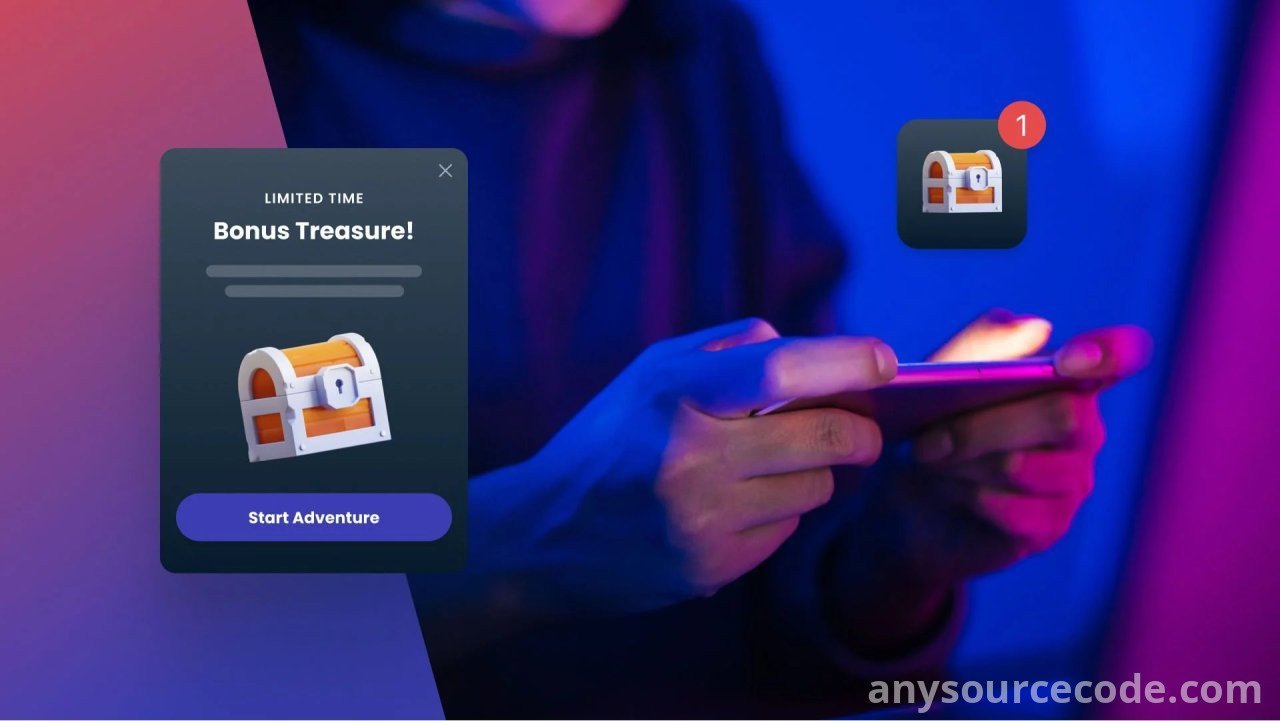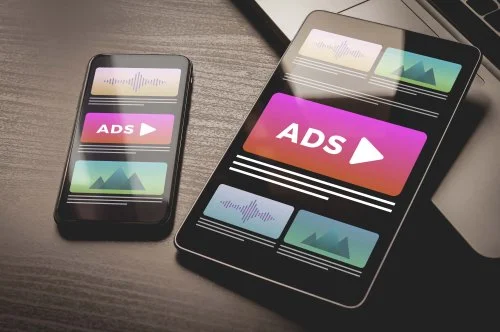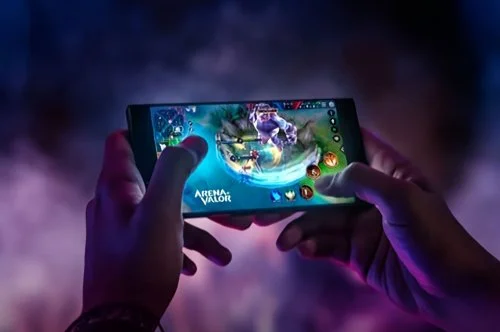The B.I.G. Opportunity in Mobile Gaming Monetization

In the dynamic landscape of mobile gaming, developers are constantly seeking avenues to enhance monetization strategies and elevate user experiences. The path to success hinges on prioritizing ad quality. This involves not only delivering ads but also identifying the right brands that resonate with your audience, setting the stage for successful engagement.
While publications like Digiday, AdExchanger, and VentureBeat have heralded mobile games as a burgeoning opportunity for advertisers in 2024, few have truly grasped the depth of what this means for both brands and developers alike. This untapped potential underscores a goldmine awaiting game developers—one that’s unveiled in the latest edition of the BRAG Index.
The BRAG Index shines a spotlight on the B.I.G. (Brands in Games) Opportunity emphasizing something that game developers have long known—everyone loves games. The report gives a comprehensive look at audiences of different types of mobile gamers: Puzzle, Card, Word, and Action. But unlike other reports that stick to demographics and interests, the BRAG Index goes a step further and fully personalizes these audiences – indicating interests, preferred brand categories, and even their favorite brands from a wide array of categories.
The universal appeal of mobile games makes in-game advertising something that brand advertisers will be taking a closer look at in 2024. But before game developers lean back and count their riches, there are a few things they’ll want to do to ensure brands come flocking.
By knowing not only who is playing a game, but also what they like, game developers have an opportunity to shape ad experiences that are perfect for their players by embracing audience diversity, getting personalized, and delivering better ad experiences.
Embrace audience diversity
One of the most crucial insights that game developers can glean is the sheer diversity of the mobile gaming audience. Regardless of the type of games they publish, developers can rest assured that within the 150 million-person market, there is an audience eagerly waiting to engage with their content and ads. Whether it’s word games, puzzles, card games, or action-packed adventures, the mobile gaming landscape offers something for every player and brand.
With a mix of demographics and interests, mobile gaming reaches audiences that represent valuable targets for brands. Auto Intenders, Students, Parents, and Foodies stand out as mobile game enthusiasts, making them prime targets for brands looking to connect with diverse consumer groups.
Take, for example, Action Games, which are a hotspot for Students—twice as likely as the average player to dive into this genre. Word Games could be a prime environment for car brands to catch Auto Intenders, who are 20% more likely to be found playing these games. And let’s not forget Card Games, where retail stores can strike gold with Avid Shoppers, who are 17% more likely to be among its players. With a deep understanding of these audience segments’ unique preferences and behaviors, developers can fine-tune their ad strategies to effectively engage these valuable consumers.
Get personalized
In a saturated market, relevance is paramount to capturing and retaining user attention. By leveraging data from the BRAG Index, developers can deliver personalized ads that align closely with player interests and motivations. Understanding the brands that resonate with players allows game developers to create environments where those brands can be seamlessly featured, enhancing the overall gaming experience.
The BRAG Index illuminates significant monetization potential across various gaming genres, spotlighting brands resonating with mobile gamers. Puzzle gaming offers integration possibilities with brands like Estée Lauder and Lululemon, enhancing monetization strategies to cater to diverse player preferences. In Card games, campaigns with brands such as Tarte Cosmetics and Ace Hardware can boost ad revenue, aligning with the players’ interest in beauty and DIY projects. Similarly, Action game enthusiasts present opportunities with brands like Red Bull and Levi’s to enhance engagement and drive ad revenue within the genre.
Deliver better ad experiences
The success of ad monetization in mobile gaming hinges on delivering top-notch ad rendering that seamlessly integrates into the gaming experience. From high-quality visuals to non-intrusive placement, developers must prioritize ad formats that enhance rather than disrupt user immersion. Leveraging rewarded video ads, developers can offer users a seamless experience where they can opt-in to view ads and feel rewarded rather than interrupted.
Optimizing ad rendering isn’t just about keeping audiences happy; it’s also about keeping advertisers satisfied. Brands are increasingly drawn to non-interruptive formats that allow their marketing messages to resonate effectively while preserving their image and reputation. Presenting ads in a way that aligns with the gaming environment not only ensures that the message gets across but also safeguards the brand’s integrity. A low-quality ad experience can tarnish the carefully crafted image of a brand, underscoring the importance of delivering ads that users and advertisers alike find appealing.
Recognizing the favorite brands of mobile gamers is crucial for game developers looking to thrive in a highly competitive space. Knowing these brands allows developers to tailor their monetization strategies effectively, ensuring ads resonate with their users. Whether it’s action-packed adventures or brain-teasing puzzles, there’s an audience for every game type, and developers can tap into this diverse market with confidence.
As mobile gaming continues to evolve, staying tuned to emerging trends and user preferences is key. By prioritizing ad quality and leveraging insights like those in the BRAG Index, developers can position themselves for success. Ultimately, by delivering personalized experiences and engaging ad content, developers can forge strong connections with players while maximizing revenue streams.






